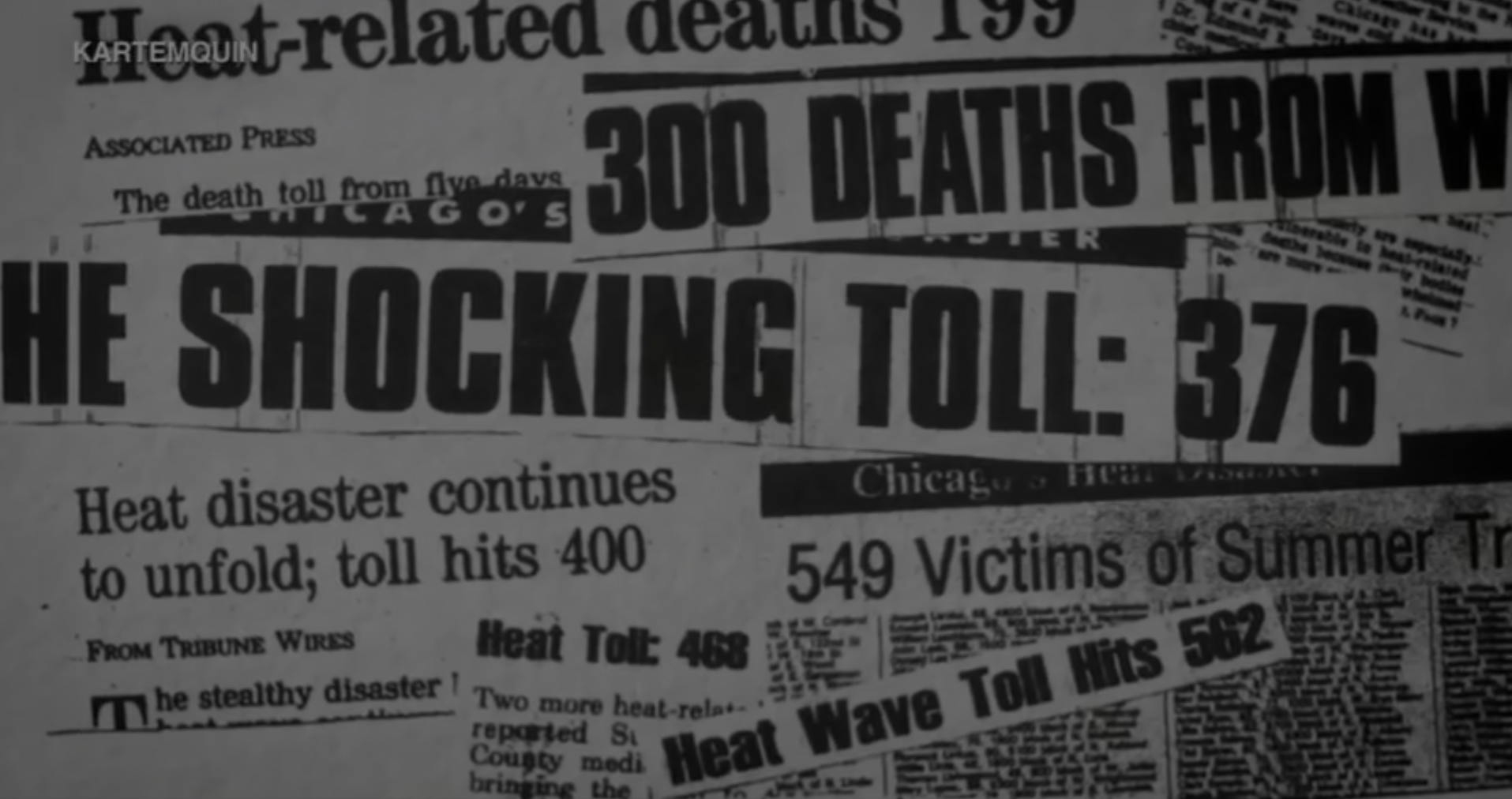In Touch with the Concrete

One of the reasons that we want to continue to issue the charge to ‘Be Pedestrian’ is that it puts you in touch with the concrete. Not just the literal concrete of the roads and sidewalks but the philosophical concrete that keeps us from losing ourselves in abstraction and ideology. For example, it is one thing to have ideas about poverty and it is quite another thing to know the names of neighbors who live in its grip. Real people and real relationships shape and inform our ideas, which in turn shape our actions, and this very concrete cycle of learning is at the very heart of the amateur advantage we have been discussing.
Jane Jacobs, who we used to kick off this series, argued that the very concept of "ideology" is fundamentally detrimental to both individuals and societies, no matter what side of the political spectrum an ideology comes from. She claimed that people, by relying on ideals, become unable to think and evaluate problems and solutions for themselves. They simply fall back on their beliefs for "pre-fabricated answers" to any problem they encounter.
She cited the 1995 Chicago heat wave, which killed more than a hundred folks in Chicago, as a powerful example. Jacobs contrasted two documents about the event. One, a thesis paper entitled Heat Wave: A Social Autopsy of Disaster in Chicago, written by Eric Klinenberg, a graduate student in sociology. The other, a report from the United States Department of Health (following a multi-million dollar study) which claimed that the "official" reason for the number of deaths was that the victims simply did not take precautions such as maintaining a steady water supply, finding air conditioning, or circulating air in their buildings. Jacobs argued that the study, in addition to spending millions of dollars to state the obvious, was flawed because of its inherent ideology, which was individualism. In contrast, by examining the social atmosphere of different Chicago neighborhoods, Klinenberg discovered that individual factors, such as wealth, were not determining factors in many of the deaths. Rather it better maps to the cohesiveness of neighborhoods. Within older, tightly-knit neighborhoods, he found that elderly people at risk of heat stroke were more likely to be checked on by neighbors, less afraid to leave their homes to get help, and more likely to find sympathetic people and businesses that would allow them to relax in an air-conditioned environment. Death rates were much higher within neighborhoods where the elderly were isolated and unable to get help. Ironically, wealthier neighborhoods were less likely to have strong neighborly ties and thus saw higher rates of death.
Jacobs argued that the federal study was unconsciously biased by the prevailing political and economic ideology which promoted individualism to the point of becoming oblivious to community and social factors, even though, as Klinenberg found, these were the factors that ultimately caused death. It is often difficult to identify the ideological and cultural lenses that shape our prejudices, our actions, and our understanding of the world around us. One thing that we are convinced helps is concrete connections with our neighbors, walking our neighborhoods, and communicating casually in face to face dialogue. As seen in the example of the Chicago heat wave, it might also save lives!
Until next time, be pedestrian.
